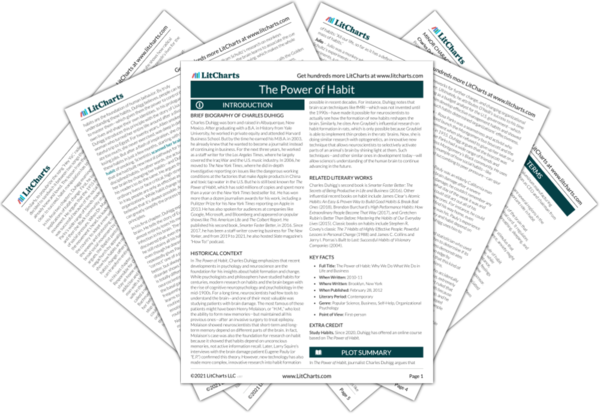Successful fashion designers again illustrate the key benefit of good habits: they save time and energy by automating complex tasks. Thus, by automating logistics, fashion designers save their energy for their creative work. But this requires effective personal
and organizational habits. In fact, Duhigg suggests that good organizational habits in the fashion industry depend directly on strong personal relationships. This isn’t the case at the Rhode Island Hospital, where doctors get away with abusive behavior because they are not personally accountable to the nurses.


